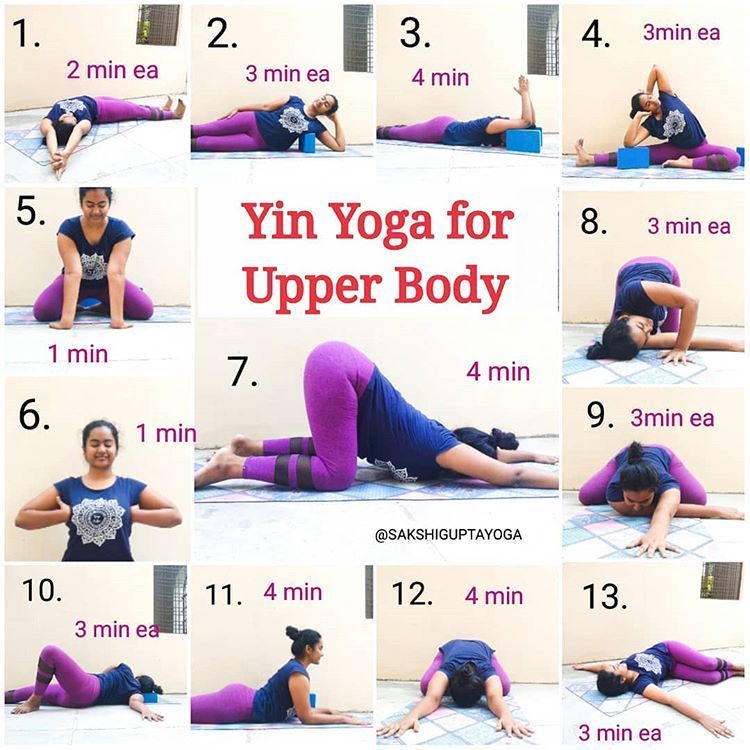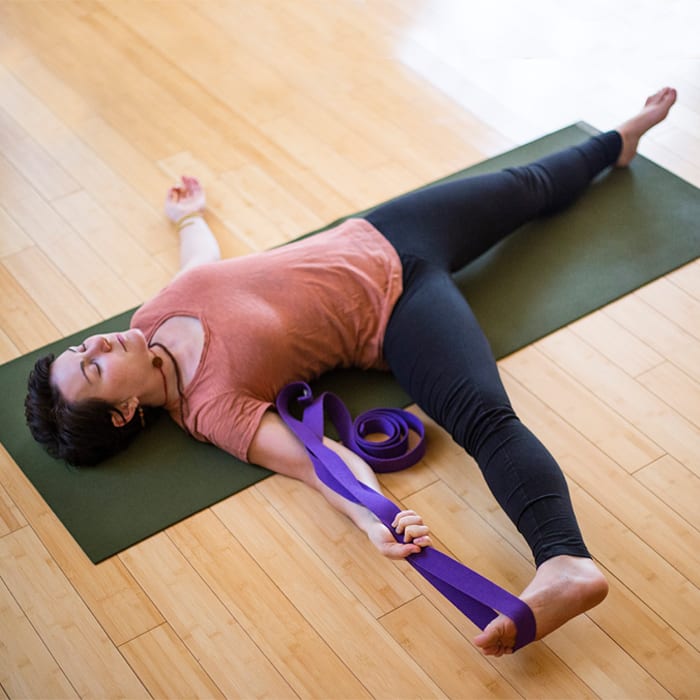
Yoga for cancer patients can have many benefits. However, yoga poses some risks. Cancer patients face increased fracture and injury risks due to these risks. Hyperventilation is a side effect that has been linked to earlier pneumothorax. Pleural effusion is also more common in patients with lung cancer or lung metastases. These risks have not been directly linked to yoga, however.
Yoga for cancer: Side effects
Yoga is a wonderful complementary treatment for those with cancer. It can help patients lower stress levels, improve blood pressure and breath, and increase their overall strength. Some studies show that yoga may help relieve symptoms of heart disease, diabetes, asthma, and other conditions. Yoga should not replace medical treatment for cancer.
Exercise can reduce the side effects of chemotherapy, including sleep dysfunction and mood disruption. Women with cancer may experience fatigue and pain as a result of chemotherapy. This can make exercise difficult. Yoga is a gentle, low-impact form of exercise that can be modified for each patient's condition. Patients should be warned to avoid any exercise that could increase their chance of breaking bones, especially those that require intense physical effort. Yoga has been proven to increase overall fitness and improve health in healthy people, despite not being specifically studied for cancer patients.

Mechanisms of Action
Yoga has many positive effects on the body. It regulates the HPA, which regulates our immune system. This can reduce the stress associated with cancer and improve patients' immune responses. Yoga can be used to improve sleep and reduce fatigue.
Numerous studies have shown that yoga can reduce stress and improve your overall health. These studies showed that yoga lowers cortisol and increases natural killer cell count. Research has shown that yoga can reduce fatigue and other symptoms. This could lead to a better quality of life for patients.
The evidence
It is still not clear if yoga can be used to treat cancer. Many studies have focused on breast cancer survivors or patients undergoing chemotherapy. These studies demonstrate that yoga can have positive effects on patients’ physical and psychological symptoms. However, there is limited evidence for the practice's effectiveness in cancer patients who are in the terminal stages of the disease.
Researchers looked at the literature in order to evaluate the potential benefits of yoga as a treatment for cancer. A medical librarian performed literature searches using 10 databases. These included AgeLine and AMED, the British Nursing Index, CINAHL (the Cochrane Central Register of Controlled Trials), EMBASE (for research on yoga), PEDro (for yoga), PsycINFO (for sports medicine), and SPORTDiscus (for RCTs). Search terms were chosen based on the publication type and free-text terms that related to yoga.

Subgroup analyses
Subgroup studies of yoga for cancer revealed some modest but important improvements in functional wellbeing in breast cancer patients. The primary outcome, which was physical function, was associated to a decrease in symptoms and functional impairment. With a higher level satisfaction and better social functioning, psychosocial outcomes were also associated.
In this meta-analysis of six RCTs, yoga was associated with improved overall health and improved fatigue scores compared to control groups. But, there was no evidence that yoga groups had a longer duration of improvement than those in control groups.
FAQ
How will my clothes fit after I practice Yoga?
Most likely yes. Most yoga pants have elastic waists, and they stretch when worn. They should be comfortable enough for you to wear while working out without being restrictive.
It might be more difficult to find the right yoga pants if you have recently lost weight. Consider wearing leggings, or shorts, instead.
Are there yoga classes that cater to people with special requirements?
Yes, many yoga studios offer specialized classes to accommodate people with disabilities. These include:
-
Individuals with physical limitations who want to improve posture
-
People with limited mobility
-
Individuals with arthritis
-
People who are recovering from injuries
-
The elderly
You can encourage someone you know to take these classes.
What evidence does the research say about yoga for well-being?
Yoga has been shown effective in improving mental health, stress reduction, and overall well-being. Yoga can also help people lose weight and maintain healthy body mass index (BMI).
Yoga can reduce blood pressure, improve cardiovascular function, increase immune system functioning and help with stress management.
These are just some of the benefits of yoga.
The list can go on!
What are the different types of yoga?
Bikram yoga (Bikram heated) is the most well-known type of yoga. Other forms include Hatha, Ashtanga, Vinyasa, Iyengar, Kundalini, Yin, Power Yoga, Flow Yoga, Reiki, Pilates, Restorative, Aerial, etc.
Statistics
- A 2020 review of 27 studies (1,805 total participants) of yoga interventions in children or adolescents found reductions in anxiety or depression in 70 percent of the studies, with more promising results for anxiety. (nccih.nih.gov)
- Gentle yoga has been shown to ease some of the discomforts of tender, swollen joints for people with arthritis, according to a Johns Hopkins review of 11 recent studies. (hopkinsmedicine.org)
- Lock in 25% off your Founding Member rate. (corepoweryoga.com)
- Start your Fall off right with 20% off All Access Membership when you sign up by 9/25! (corepoweryoga.com)
- The people in the yoga group were 37 percent more likely to have quit smoking by the end of the 8-week program. (nccih.nih.gov)
External Links
How To
Is yoga a good workout?
Yoga isn’t only for those looking to lose weight. Yoga helps you to develop flexibility, balance coordination, strength and calmness.
Yoga is more than just exercise. It's also an art form. They are used to relax and meditate. These poses help improve our posture, concentration, breathing, and overall health.
Yogis are those who practice yoga. Yogis follow various forms of yoga, including Hatha, Ashtanga, Iyengar, Vinyasa, Bikram, Kundalini, Yin Yang, and Restorative.
There are many kinds of yoga. However, all share similar goals. Each type focuses differently on health and wellbeing. You can choose from meditation, pranayama or Hatha yoga.
Some yoga exercises don't require you to have any equipment
-
Sun Salutation-This series of 12 poses starts with a forward bending, followed by 10 different positions.
-
Warrior Pose: While holding a stick, or staff, you can do a warrior pose.
-
Triangle Pose-This pose requires you to lift one leg behind you while bending at the knee.
-
Standing Forward Bend: This pose involves sitting straight up on the ground and folding forward at your waist.
-
Seated Twist: This is a pose that can be done while seated on a mat or in a chair.
-
Cobra Pose: This position is done lying on your back, arms raised.
-
Child's pose - This is when you are lying on your back, face up.
-
Cat/Cow Pose- This is a combination of a cat/cow pose. While lying face down, raise your upper body off the ground. Then roll over onto your side and place your hands under your shoulders.
-
Head tilt - This is a pose where you tilt your head back while keeping your eyes open.
-
Shoulder Stand – This is a standing position in which your feet are raised above your head.
-
Tree Pose- You can achieve this pose by kneeling on one knee with your hands under you shoulders.
-
Bow Pose - This pose is completed by bending forward from the hips and placing your palms on the ground.
-
Corpse Pose - This pose is held for five minutes.
-
Mountain Pose: This pose is known as mountain pose, because it requires you to stand tall and keep your spine straight.
-
Legs up the Wall Pose – This pose involves hanging upside down from a wall.
-
Side Angle Pose – This is achieved by leaning against the wall and placing your right arm near the wall.
-
Plank Position: This is when your legs are bent at the waist and your arms extend out to one side.
-
Bridge Pose – Balance on your elbows while balancing on the toes in this pose.
-
Reverse Table Top - This position is achieved by lying on the stomach and reaching your arms towards your ceiling.
-
Handstand: This pose requires balance as well as strength. Hold yourself in between two walls or use a door frame to do this pose.
-
Half Moon Pose also known as Hero Pose. It is performed by standing on your hands and toes.
-
Headstand (or Handstand) - This pose requires excellent balance and strength. This pose is possible on a brick wall or on a doorframe.
-
Forearm Balance -- This pose involves your forearms resting on top of a tabletop.
-
Spinal Twist - This pose lies on your belly while reaching your arms.
-
Supported Bound Angle Pose - This pose requires support and balance. You will need to find a sturdy object like a tree branch or an old beam to lean on.
-
Wide Leg Forwardfold - To achieve this pose, spread your legs apart while touching your toes.
-
Single Pigeon Pose-This pose is very similar to the wide leg forward folded, but only has one leg.
-
Extended Puppy Dog Poses - This pose can be very relaxing. This can be done by stretching your legs straight out and bending at the knees.
-
Standing Forward Bend - This is a pose where you are seated cross-legged, stretching your calves and hamstrings.
-
Crow Pose is a difficult pose that can be very rewarding once you have mastered it. The trick is to raise your arms higher than your head and lower them so that they touch the ground.